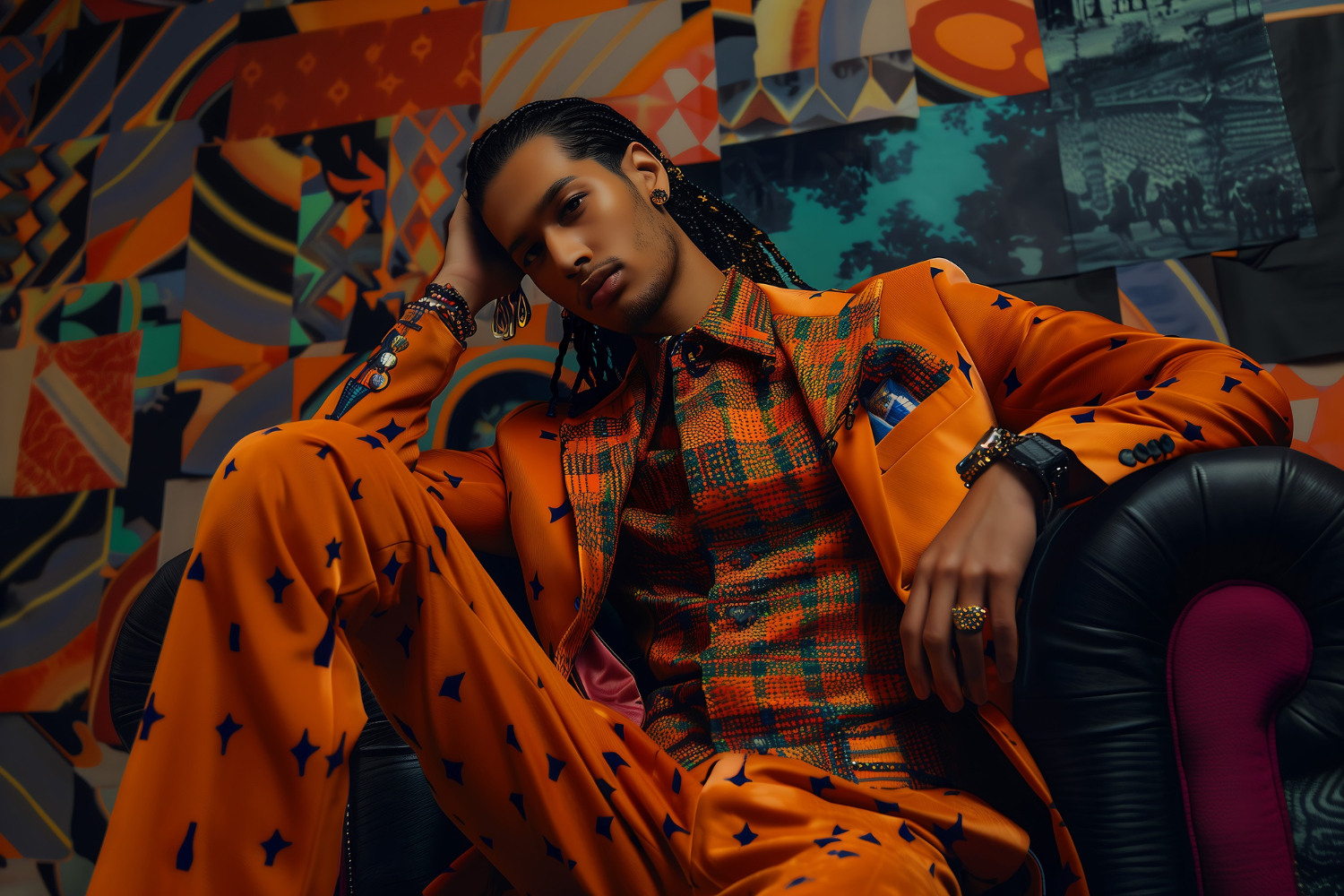Fashion has always been more than just clothing—it’s a statement, a reflection of identity, and a tool for self-expression. For the Chicano community, style tells the story of resilience, cultural pride, and a deep-rooted connection to heritage. From the bold zoot suits of the 1940s to contemporary streetwear infused with cultural symbolism, Chicano fashion has evolved into a dynamic tapestry that honors the past while remaining distinctly modern.
Zoot Suit Roots
The mid-20th century marked the dawn of Chicano style through the iconic zoot suit, a symbol of defiance and individuality. Emerging in the 1930s and reaching its height during the 1940s, the zoot suit was characterized by its oversized draped trousers, long coats, and wide-brimmed hats. Young Chicanos, or “Pachucos,” embraced this flamboyant fashion as a way to assert their identity in the face of racial discrimination and societal exclusion. During this era, wearing a zoot suit became deeply political, particularly during the Zoot Suit Riots of 1943 in Los Angeles, where tensions between Chicano youth and servicemen erupted amid racial prejudice. The zoot suit was more than a fashion choice—it was a uniform of resistance and cultural pride.
The 1970s and Chicano Identity
Fast-forward to the Chicano Movement in the 1960s and 1970s, where fashion continued to play a central role in cultural expression and activism. During this period, Chicano style shifted toward practical yet symbolic clothing, rooted in both working-class solidarity and traditional influences. Items like Pendleton flannels, bandanas, and denim carried immense significance. Pendleton shirts, in particular, became synonymous with the burgeoning Chicano identity—a nod to practicality but also a marker of unity, pride, and authenticity. Paired with pressed khakis or dark denim, this look celebrated everyday struggles and triumphs while staying grounded in community values.
This era also introduced the concept of lowrider aesthetics—cars customized as rolling art forms, with the drivers’ attire reflecting similar creativity and self-expression. For men and women alike, the styles of the ’70s were deeply intertwined with the art, music, and activism of the Chicano Movement, painting a vivid picture of cultural pride.
Modern-Day Expressions of Chicano Pride
Today, Chicano fashion continues to honor its roots while evolving to meet contemporary aesthetics. Emerging designers and younger generations reinterpret traditional styles with a fresh perspective, blending heritage with global influences. Streetwear brands incorporate elements like the stylized calligraphy of Chicano art, lowrider motifs, and reimagined zoot suit-inspired tailoring. Accessories such as gold hoops, belts with custom buckles, and embroidered jackets carry forward symbols of cultural pride in a modern context.
Social media platforms have also played a significant role in amplifying Chicano fashion, giving new designers and artists a way to showcase their creations while connecting with a global audience. Youth in California and beyond proudly wear styles that reflect their heritage, whether it’s through detailed tattoos, handmade jewelry, or everyday clothing that nods to their cultural story. Chicano fashion today not only connects generations but also invites dialogue about identity, resistance, and self-expression in a changing world.
Chicano Style as a Symbol of Resistance and Heritage
Across decades, Chicano fashion has remained a way to claim visibility and narrate the community’s experiences. Every zoot suit, Pendleton shirt, and lowrider jacket tells a story of resilience, dignity, and cultural pride. Each piece worn today—whether at a family gathering, on a mural in East LA, or at an art exhibition in San Francisco—is a reminder of the enduring strength of Chicano identity.
Cultural symbols in Chicano style transcend trends and fads—they carry the weight of history, serving as markers of ancestral connections and ongoing struggles for equality and recognition. These styles are not just about appearances; they are acts of defiance and a celebration of what it means to be unapologetically Chicano.
Keep Our Culture Alive
Chicano culture thrives when we share, explore, and celebrate it together. Whether through art, language, history, or everyday experiences, we each play a part in preserving our heritage. Join the movement—learn about our stories, uplift our voices, and pass on the traditions that shape who we are. Together, let’s keep Chicano identity strong for future generations.



